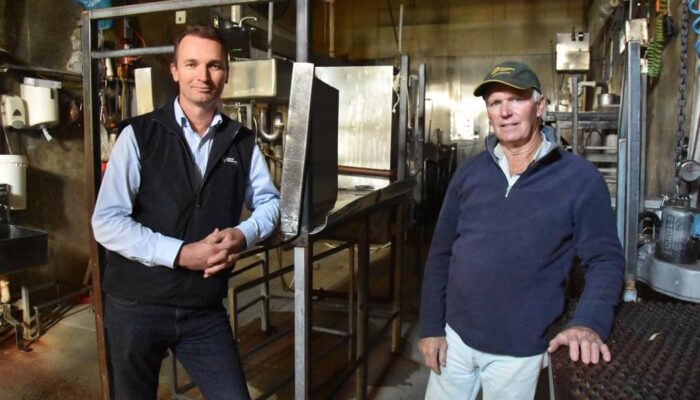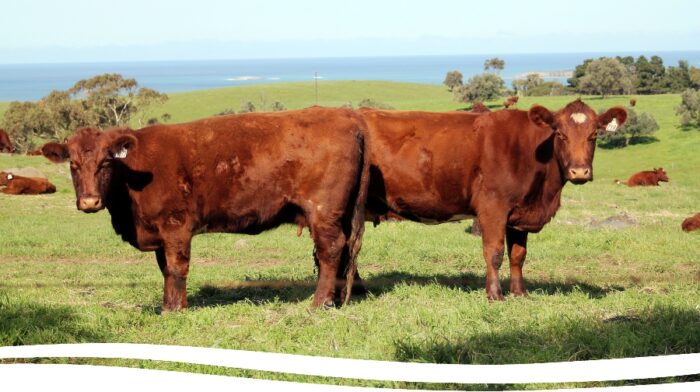
Regional blueprint set to grow Fleurieu’s economy and improve liveability
Regional Development Australia Adelaide Hills, Fleurieu and Kangaroo Island released the second annual edition of the Regional Blueprint for South Australia’s Regional Economic Growth late last year.
Despite the blueprint covering their different areas, there are a number of exciting projects based throughout the Fleurieu that have the potential grow the region’s economy and improve liveability.
Regional development manager Stephen Shotton explained that public transport, regional university centres and workforce improvements are on the agenda for the network.
Mr Shotton said a study was conducted in 2019 on public transport in the Fleurieu and the Adelaide Hills and it found that there was a need for improved services.
“The key recommendations from that study were that there was a desire to have more regular services from Adelaide to Victor Harbor and the rest of the South Coast,” he said.
We’ve seen the on-demand trial buses in Mt Barker work really well. I believe the South Coast is a lot like Mt Barker, because everything is joined. I think an on-demand service would work very well.
Steve Shotton, Regional Development Manager
Education and keeping residents in the area is important, and the development of a South Coast Regional Study Hub could provide a welcomed boost.
Two sites have been funded by the Federal Government’s Regional University Centres program in the Mayo electorate, with one to be located in Mt Barker and the other to be constructed in the South Coast.
Mr Shotton said prior to the announcement, a business case for Victor Harbor was developed for the next funding round.
“The business case was pulled together by consultants and was steered by a steering committee made up of stakeholders, councils, schools and interest groups on the coast,” he said.
Despite the timing being unknown, Mr Shotton said he is “reasonably confident” that the new study hub is going to be an election announcement.
The addition of a study hub would provide numerous benefits to the region, including the ability to keep young people in the community, instead of losing them to Adelaide.
We want to keep the young people in our community. We also realise that some people can’t afford to go to Adelaide to study – they may also have other commitments that restrict them from moving. It would also benefit mature-age students, especially mums and dads who are working and are studying online part-time.
“We know from other university hubs that all these people want is good internet and the ability to study in a space that offers limited distractions.”
Like most of South Australia, Mr Shotton explained that the ability for workers to find accommodation is still a struggle.
“We have examples in the Fleurieu of employers offering someone a job and then when it’s time for them to move to the area they are unable to find accommodation,” he said.
He explained that the blueprint contains five housing projects, however, all of them are located on Kangaroo Island.

The Fleurieu Community Co-Operative abattoir at Strathalbyn is set to re-open this year, providing a boost to many farmers in the Fleurieu.
Mr Shotton said a number of people throughout the region had to take their livestock to Two Wells. He said the network always knew there was demand for the return of the Strathalbyn-based abattoir.
“We are hopeful that they will be hiring a manager very soon, start upgrading the plant and reopen by the middle of this year,” he said.
“There’s plenty of potential there. I am very confident that under the community co-operative ownership that it will really go places. It will be really exciting to see what it does for the region.”
The site will include a full abattoir management system that links in haulage, boning room services, with a full path from farmer to food service or wholesaler managed within the one process.
The upgrade of the facility and establishment of a trading model is expected to cost in excess of $1.2 million.
Project details in the pipeline remain highly confidential, however, the blueprint is available below to view.
This article was originally published by the Victor Harbor Times and has been republished here with permission.
